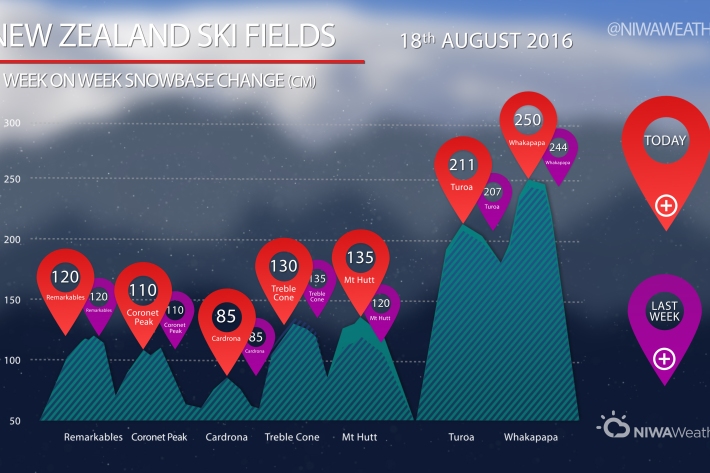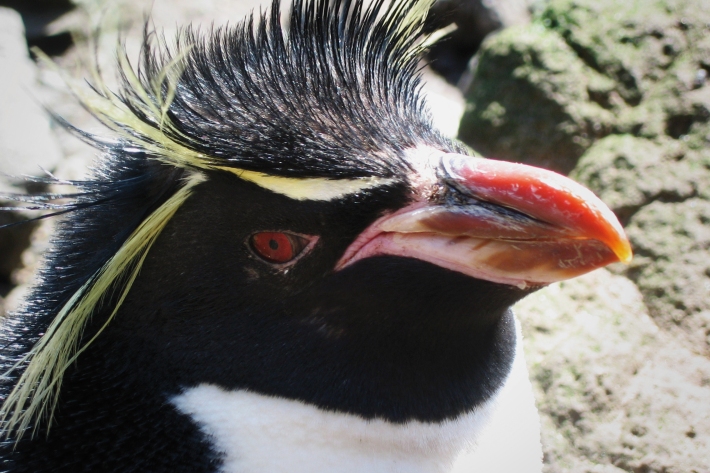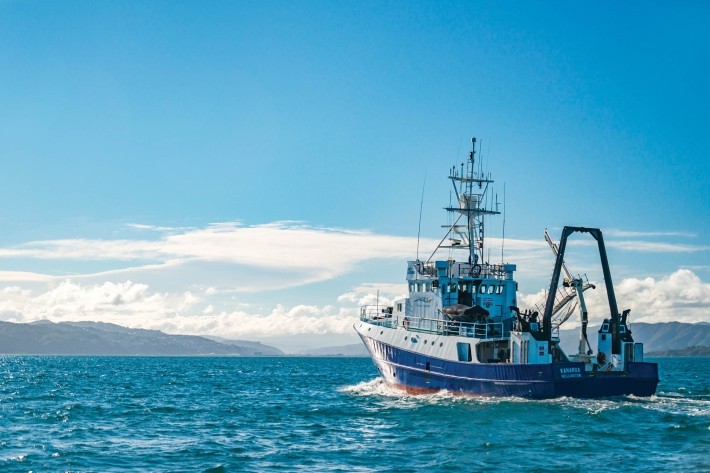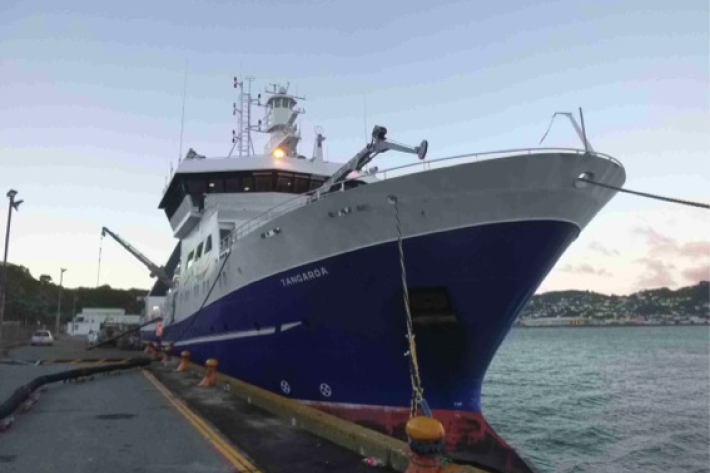-

Snow trends 18th August
Media release18 August 2016After one of the most tranquil weeks of the season, winter returns to the South Island this weekend, delivering some fresh powder—music to the ears of the country’s snow hounds. -
Sustainable Seas National Science Challenge announces successful research projects
Media release18 August 2016The Sustainable Seas National Science Challenge today announced funding for eight new scientific research projects to help New Zealanders better understand and manage the oceans surrounding them. -

Penguins reveal unknown swimming talents
Media release12 August 2016The remarkable long distance swimming abilities of penguins have impressed NIWA scientists who have tracked almost 100 birds over winter in the Southern Ocean. -

Vanuatu Prime Minister Charlot Salwai visits NIWA
Media release11 August 2016Vanuatu Prime Minister Charlot Salwai visited NIWA’s Wellington campus this week, as part of his first official visit to New Zealand. -

Flying laboratory going low over Lauder
Media release05 August 2016NIWA atmospheric scientists in Central Otago are turning plane spotters next week as they eagerly await the flyover of a NASA research plane. -

Heavy snow forecast sends NIWA staff outdoors
News article03 August 2016NIWA scientists and field teams will be heading outdoors for the first snow mobilisation of winter later this week to make the most of what is expected to be the largest and longest wintry blast of the year. -

The pearl of New Zealand fishing
Feature story26 July 2016The Quota Management System, which some say saved New Zealand fisheries, is 30 years old today. The system is founded on science that studies fish biology, abundance and distribution, and estimates how many can be caught and still keep the population healthy. -

Tropical winds yield late-July record warmth
Media release25 July 2016A number of temperature records toppled across New Zealand over the weekend as tropical winds from New Caledonia and Vanuatu streamed over the country. -

From high seas to estuaries
Feature story15 July 2016While Tangaroa might be considered its flagship, NIWA’s extensive range of maritime work could not be completed without the support vessels Kaharoa and Ikatere. -

Tangaroa made New Zealand bigger
Feature story11 July 2016Approved by the United Nations Commission on the Limits of the Continental Shelf, New Zealand was made sovereign over 1.7 million square kilometres of seafloor -

NIWA scientist recognised for outstanding achievements
News article07 July 2016A NIWA scientist with an international reputation as an outstanding leader in marine ecological field experiments was last night awarded the prestigious New Zealand Marine Sciences Society (NZMSS) Award. -

Atmospheric river of moisture headed for New Zealand
News article06 July 2016A series of low pressure systems will trek across the Tasman from tonight into the weekend, resulting in locally heavy rain and the potential for flooding and slips for the east of the North Island.

